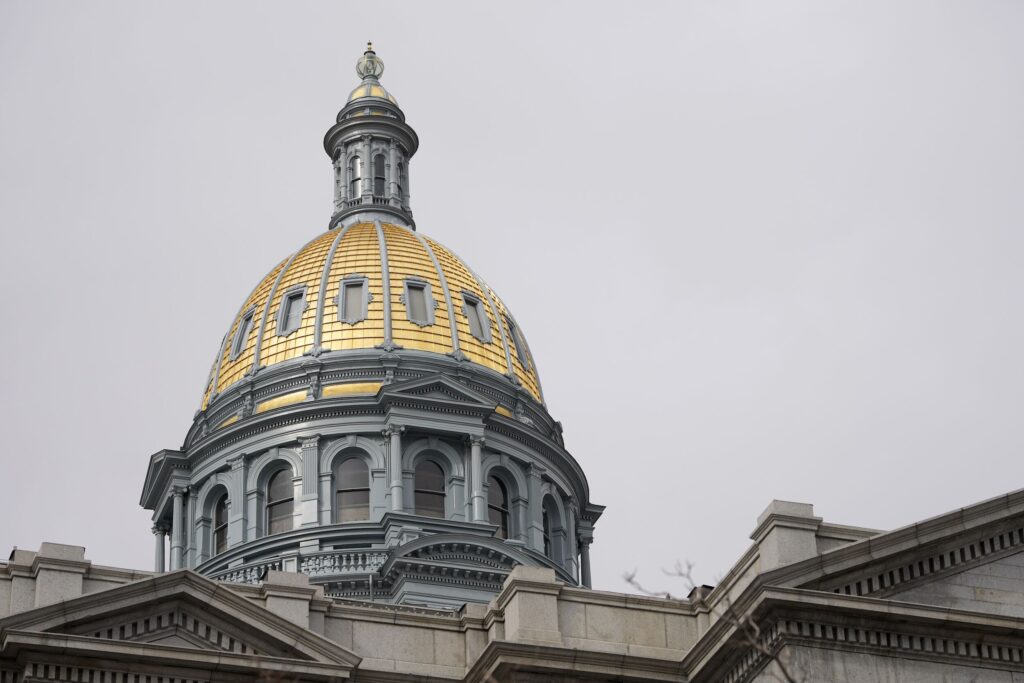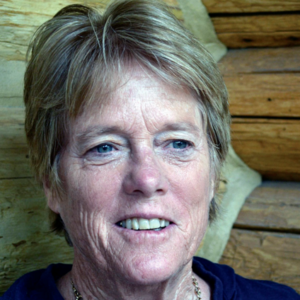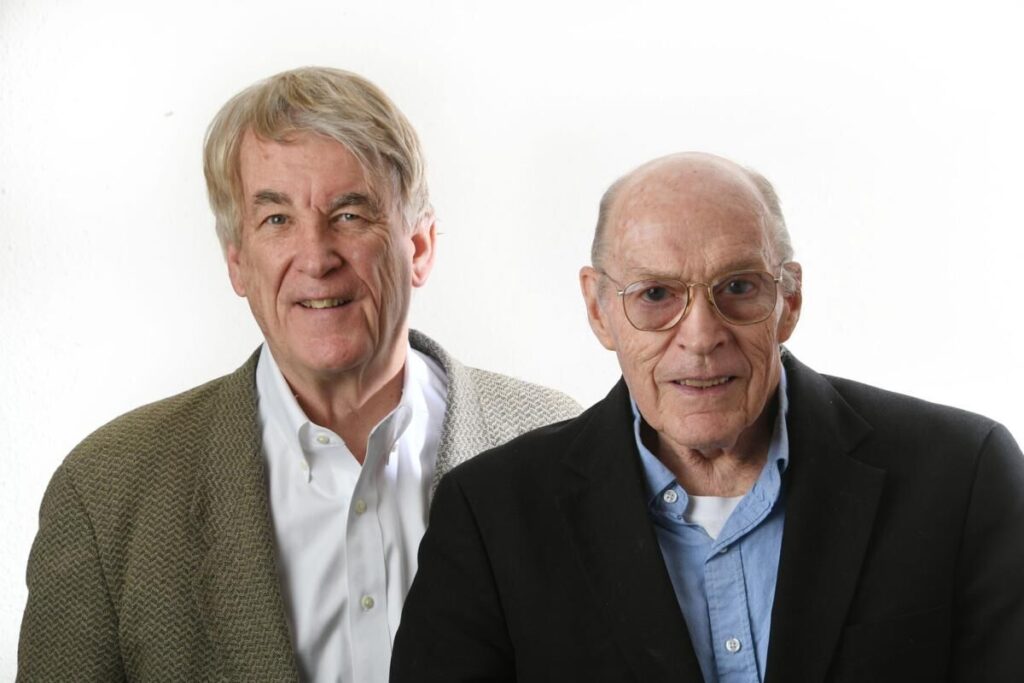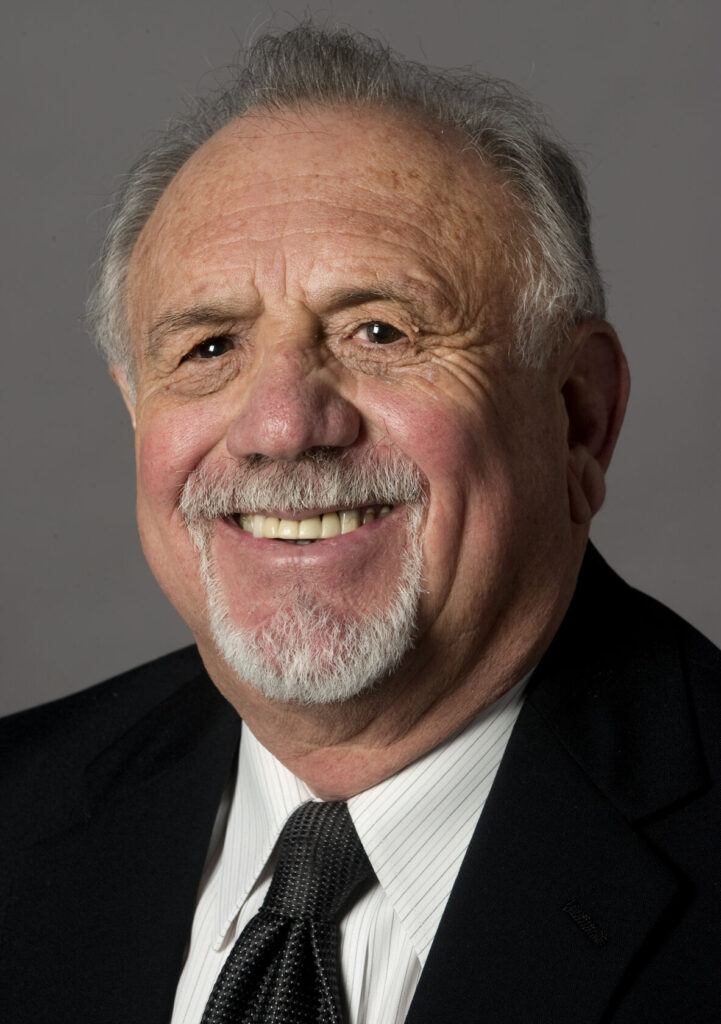BIDLACK | Wind power and wildlife — what to do?
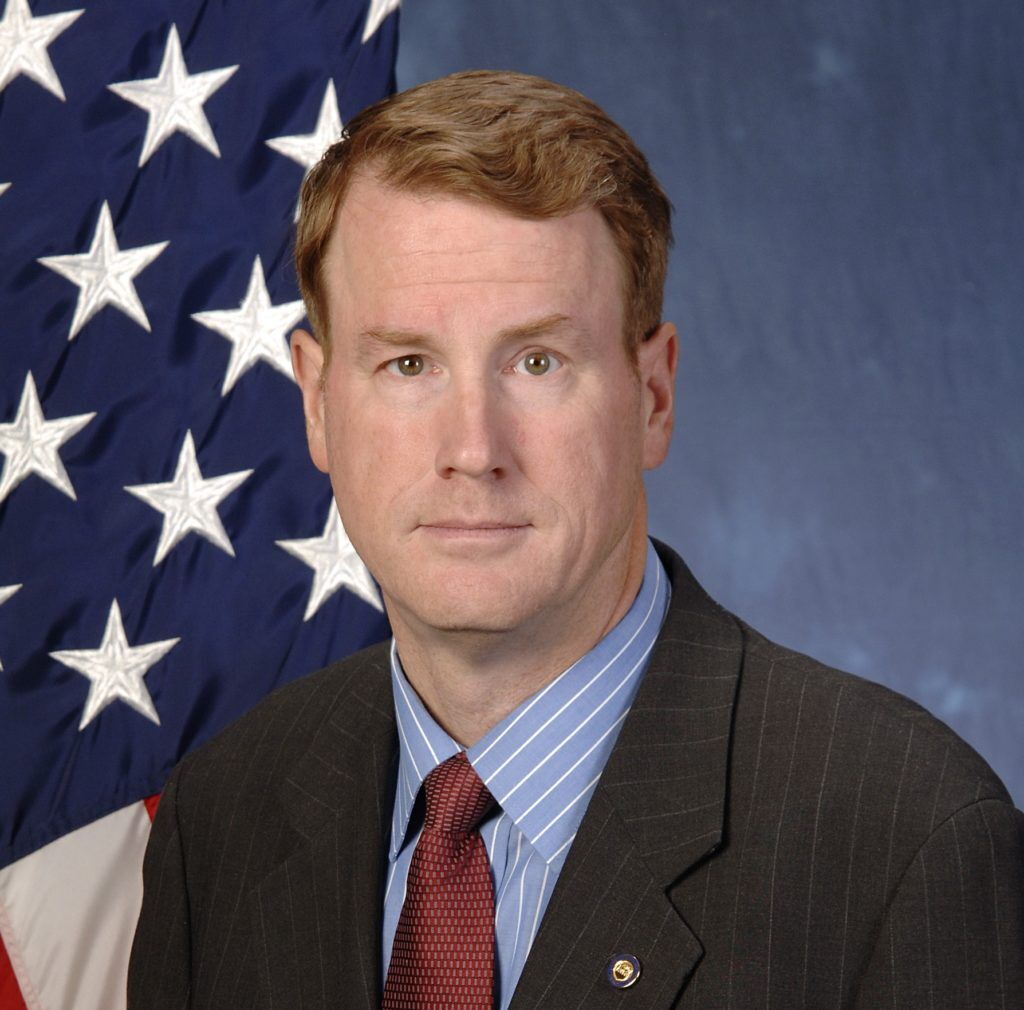

One of the many, many challenges of writing a twice weekly column is that there are too many interesting stories to comment on, and my kindly editor has stated he will not accept book-length columns for some reason (ed: yup).
This week provides a good example, in that there are several stories I would like to comment on. First, a fascinating story tells us of the infighting withing the El Paso County Republican Party. Now, as you might expect, as a former chair of said county’s Democratic Party, I don’t hate that the GOP is having problems. Given the agenda of today’s GOP (cough… Trump… cough), I’m glad they are in upheaval. It seems that competing factions of the county party have set up different and competing county GOP organizations. Apparently, the current chair, Vickie Tonkins, is not getting along well with lots of other Republicans (and that has been going on for a while). Heck, one former candidate for sheriff (who lost in the GOP primary) has called on voters to “leave the bubble blank,” as in, don’t vote. He rails on about “RINOs” (Republicans in name only) which has become the battle cry of quite a few MAGA folk, and that when Republicans are out of office, they can begin to rebuild as an “America First” party. The party might want to do a bit of research on that name before they go too far down that road.
But I’m not going to talk about that.
I’m also not going to talk about GOP gubernatorial candidate Heidi Ganahl’s bizarre decision to pull out of a televised debate with Gov. Jared Polis because she thinks Channel 9 has been mean to her. Though she has debated Polis in the past, and while they have several more debates scheduled, this one would have been broadcast on the top TV station in the state, with a much wider audience. I’m guessing that her alleged reasoning for quitting – that Channel 9 is biased, as demonstrated by one of their reporters (and a possible debate questioner) when he reported accurately on Ganahl’s nonsensical claim about “kids identifying as cats” in a not-so-veiled attack on transgender folks. Turns out, rather than happening in “schools all over Colorado,” these kitty kids were almost entirely showing up only in her mind. So, anyway, Channel 9 had the audacity to check on her claims, show that she’s wrong, and how dare they?
But, again, I’m not going to talk about that.
Instead, I’d like to draw your attention to another story, in one of my favorite Colorado Politics sections, the Out West Roundup. Here we see a report on the Fish and Wildlife Service and a recent decision on how many eagles it is “OK” to kill with wind turbines. Now, most folks, I’m guessing, are yelling “none” at their screens, but it just isn’t that simple. And as a lover of both eagles and horses and wind turbines I’ve known for a long time that these issues are, well, complicated. It is a given that all methods of producing energy have negative environmental consequences. Those effects range from rather dramatic (e.g., burning high-sulfur coal), to a lot less (e.g., solar arrays in the desert). But all energy production has consequences.
Wind energy is certainly much farther toward the “good” side of the energy production spectrum, but one problem with the spinning turbines over the years has been the death of birds. And eagles are, for many, the “top bird” and should be as protected as possible. I agree. But there are a couple of factors that we should also consider. One is the challenge of “ugly vs. pretty” when it comes to protection. On Vandenberg Air Force, I mean Space Force Base (man, that is hard to get used to) there exists, in a small creek, a rather ugly (by human standards) tiny fish known as the unarmored three-spined stickleback, of which I’ve written before. It is far easier to get people excited about protecting eagles than it is to get them equally excited for the ugly, the slimy, and the wriggle critters that may also be threatened by energy production. And so, I’m asking, dear reader, that you think of things like the unarmored three-spined stickleback also when you ponder wildlife protection.
A second issue that pops up when talking about eagles and wind turbines is that eagles are getting killed in lots of way. As reported in the story, Bald Eagle numbers have quadrupled since 2009, with about 350,000 birds. Unfortunately, the Golden Eagle numbers are much lower, with about 40,000 alive today. The Fish and Wildlife permit would “allow” for wind turbines to kill roughly 170 Goldens and such a cost must be measured against the other environmental advantages of alternative energy production.
And though killing any eagles with wind turbines is very sad, we need to consider the larger picture as well. Illegal shooting kills about 700 Goldens every year, and more than 600 additional birds are killed by collisions with cars and power lines (and wind turbines, though in lesser numbers). About 500 more are electrocuted and another 400 are killed by poisoning. Heck, people who let their cats run around outside might be shocked to learn that such cats kill more than 2.4 billion birds per year.
I’m absolutely not saying that killing eagles is OK. I am saying that when one considers all the implications of a wide range of energy-production impacts, wind turbines may well turn out to be the “least bad” method in terms of eagle (and other bird) deaths. Though I encourage utilities companies to find additional ways to limit bird deaths, I do not believe it is time to shut down the roughly 71,000 wind turbines in the U.S. providing just a bit under 10% of our electrical needs. If that 10% had to be made up by more coal-fired power plants, the environmental impacts, although different, would be greater.
I am hopeful that as wind power spreads, so too will knowledge about how to avoid bird deaths. Until that day, sadly, we will lose some eagles, and that’s a darn shame.
Hal Bidlack is a retired professor of political science and a retired Air Force lieutenant colonel who taught more than 17 years at the U.S. Air Force Academy in Colorado Springs.



